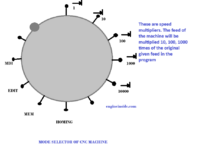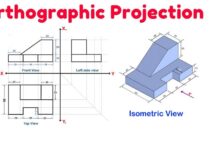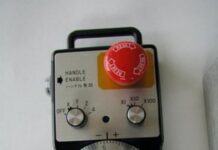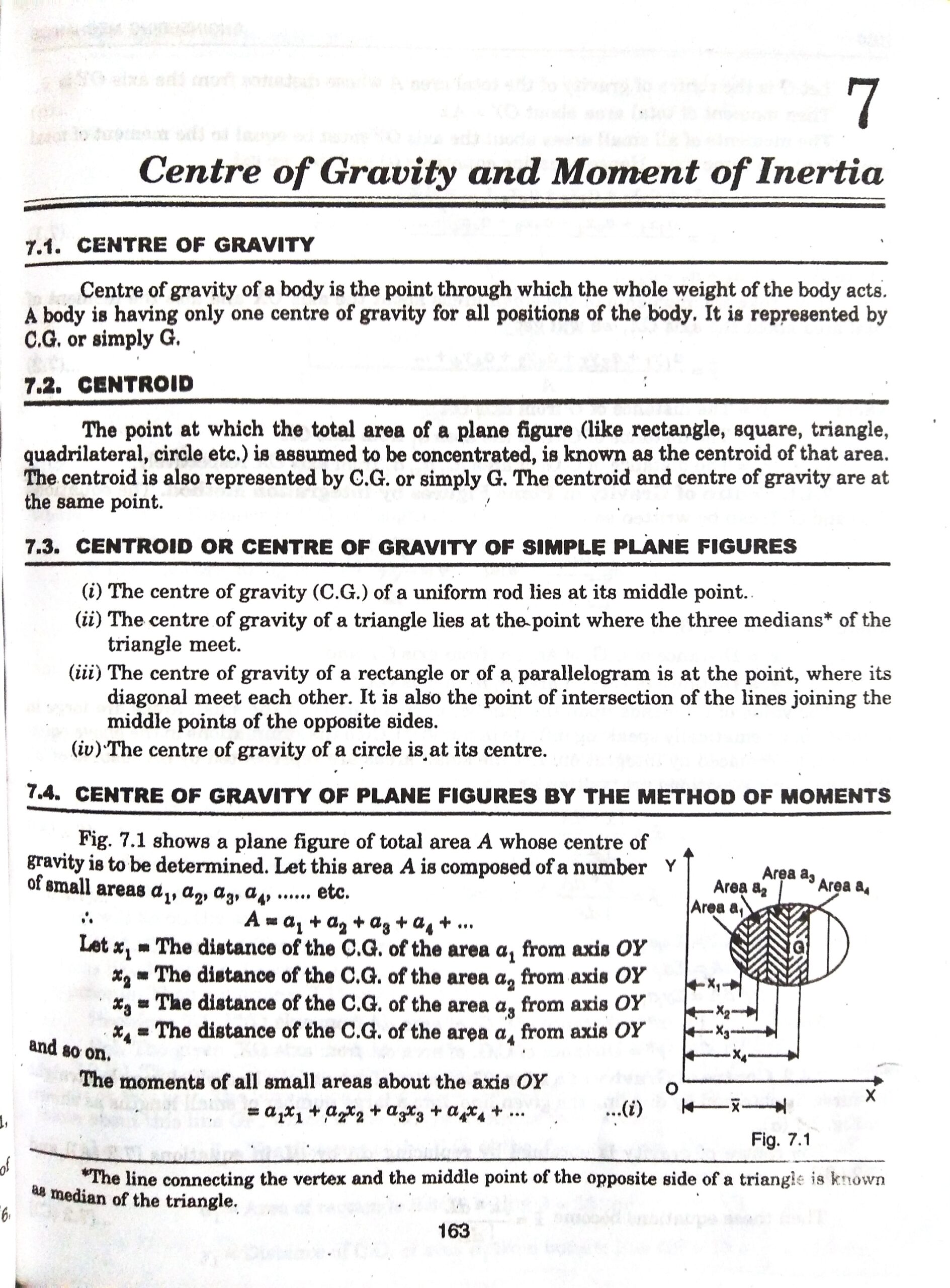Pick out the most appropriate option:
Answers are marked bold ;
1. Mild steel is an alloy of iron and carbon with percentage of carbon ranging from
(a) up to 0.2% (b) 0.15–0.3
(c) 0.3–0.5 (d) above 0.5.
2. IZOD test measures
(a) hardness (b) ductility
(c) impact-strength (d) grain size.
3. Copper is used for making electrical conductors because it is
(a) ductile (b) resists corrosion
(c) has low resistance (d) cheap.
4. Brass is an alloy of
(a) copper and zinc (b) tin and zinc
(c) copper and tin (d) copper and Al.
5. A small amount of phosphorous is present in
(a) all bronzes (b) phosphor-bronze
(c) tin bronze (d) beryllium bronze.
6. Which test measures hardness?
(a) Brinell test (b) Rockwell test
(c) Vicker’s test (d) All of these tests.
7. The object of ‘normalising’ a steel specimen is
(a) to reduce hardness (b) to relieve stresses
(c) to refine structure (d) to improve ductility.
8. The melting point of steel increases with
(a) reduced carbon content (b) increased carbon content
(c) none of these.
9. The strength of steel increases with increasing carbon %age in the range
(a) 0–0.8% (b) 0.8–1.2%
(c) 1.2–2% (d) all of these ranges.
10. Aluminium alloys find use in aircraft industry because of
(a) high strength (b) low sp. gravity
(c) good corrosion resistance (d) good weldability















































